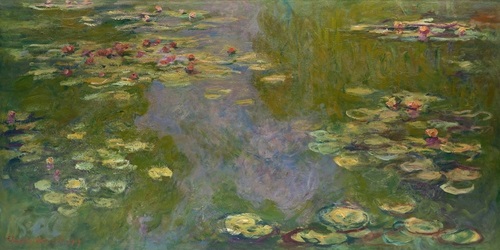
Democratizing Art: The Elusive Alternative Investment
Individual investment in art is generally limited to direct investment and through art funds, but each is not without their risks. This post explains why.
To view the full article please register below:
Democratizing Art: The Elusive Alternative Investment
The hunger for alternative investments is greater now than ever, with $7.7 trillion invested in hedge funds and private capital.1 There is one attractive alternative asset class that has, however, remained out of reach for most investors—art alternative investments.
Individual investment in art is generally limited to direct investment and through art funds, but each is not without their risks. Buying a work of art directly can be immensely satisfying since it can be enjoyed in a way that investment in a stock mutual fund can never be. However, it involves risks that most investors would not feel comfortable accepting, such as limited liquidity, subjective valuation, high transaction costs and difficulty in achieving adequate diversification.
Art funds do exist, but only a few are available to U.S. investors. More importantly, their record of success is poor, with many art funds having failed to survive the Great Recession.
A New Approach to Art Alternative Investment
In a provocative new analysis, “Democratizing Art Markets: Fractional Ownership and the Securitization of Art,” its authors propose that investment in art be approached from the artist’s point of view rather than the investor’s perspective.2
Under the current business model, an artist receives the proceeds of a sale less any fees and commissions charged by the dealer or gallery. But imagine the artist as a founder of an operating company. Like any business owner, artists make investments in research, product development and production before consigning work to dealers or galleries to sell their product.
Pursuing the model suggested in this paper, instead of selling full ownership of his or her art work, the artist would retain a fractional share in the work product—much like the founder of a business does when seeking venture capital or going public. The emergence of equity shares under this approach has the effect of creating new art investment possibilities.
The artist’s equity shares could be traded on a secondary market, independent of the sale of the actual work of art, allowing more individuals access to investing in art, while also achieving greater liquidity and diversification.
Artists would also benefit from this approach since it enables them to monetize their brand and participate in any future potential growth in the brand’s value.
Of course, obtaining the critical mass needed for this concept to move beyond something more than an interesting academic idea won’t be easy. It will require hard work, patience, and the collaboration of artists and financiers to make it a reality.
Sources:
- https://www.caisgroup.com/blog/alternative-investments-potential-trends-and-outlook-for-2017/
- https://poseidon01.ssrn.com/delivery.php?ID=296064003086023016027126074010009023051084051044068022009103070027119024065117106025061001111055010001121125024027027026103113126046036051078023064119067078006125105004030032090006078074113110091113077066092114018027085113014076120095004126084095001122&EXT=pdf
See referenced disclosure (2) at https://blog-dev.americanportfolios.com/disclosures/












